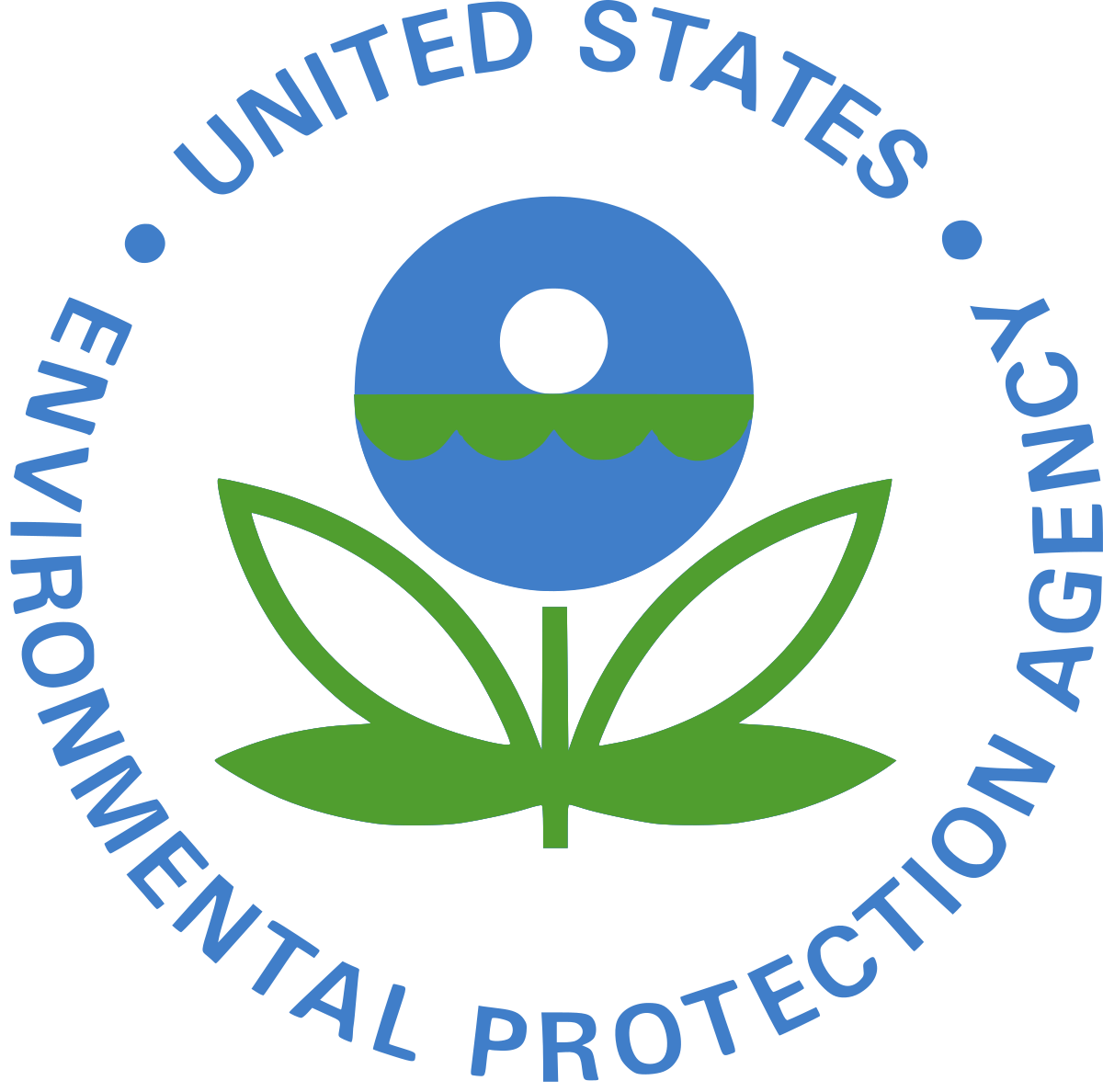The U.S. Environmental Protection Agency (USEPA) has issued a final action regarding the regulation of perchlorate under the Safe Drinking Water Act (SDWA). The USEPA has determined that perchlorate does not meet the criteria for regulation as a drinking water contaminant under the SDWA. Therefore, the 2011 regulatory determination is being withdrawn, and USEPA announced its final determination is to not issue a national regulation for perchlorate at this time.
Perchlorate is commonly used in munitions and fireworks; airbag initiators for vehicles, matches, and signal flares; as well as rocket propellent. Perchlorate can be found as a byproduct in hypochlorite solutions used for treating drinking water and nitrate salts used to produce fertilizers, explosives, and other products.
“Today’s decision is built on science and local success stories and fulfills President Trump’s promise to pare back burdensome ‘one-size-fits-all’ overregulation for the American people,” said Andrew Wheeler, USEPA Administrator. “State and local water systems are effectively and efficiently managing levels of perchlorate. Our State partners deserve credit for their leadership on protecting public health in their communities, not unnecessary federal intervention.”
Reductions of perchlorate contamination have resulted from previous actions taken by USEPA, States, and public water systems, regarding improved procedures for storage and handling of hypochlorite solutions used as drinking water disinfectants.
Also, a new health impact analysis based on recommendations from the Science Advisory Board that shows the concentrations at which perchlorate may present a public health concern are higher than the concentrations considered in the 2011 regulatory determination.
The USEPA says it will continue to work with State partners to provide safe drinking water to all Americans. To assist States and drinking water systems interested in reducing perchlorate concentrations, the USEPA provides the following steps to mitigate the contaminant:
- Test your drinking water.
- Review the results of your drinking water test.
- Reduce the level of perchlorate through treatment, storage and handling, or non-treatment options.
- Communicate with your drinking water consumers.
To access the USEPA’s detailed recommendations for mitigating perchlorate concentrations, click here.

